UNHCR says over 300,000 Burundians fled to neighboring countries, the number the interior minister rejects, stating that the majority have returned home
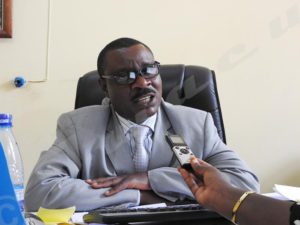
Terence Ntahiraja: “The UNHCR is still keeping the database of all Burundians who have been exiled to those countries since a long time”
“So far, about 100,000 Burundian refugees have willingly come back home from the neighboring countries”, said Térence Ntahiraja, Assistant to the Interior Minister. Most of them are from Makamba, Rutana, Bururi and Kirundo provinces. “The reports are delivered by governors of provinces and the figures increase day after day. They are coming from Rwanda and Tanzania”, he added. He went on to say that about 250,000 Burundians have fled the country since April 2015 when the current crisis broke out.
While the UNCHR reported on 23 September that about 300,000 Burundians fled to neighboring countries such as Tanzania, Rwanda, Uganda and the Democratic Republic of Congo, the Assistant Minister said the UNHCR figures constitute a political report. “The UNHCR is still keeping the database of all Burundians who have fled to those countries since a long time. Their figures are not updated because the official voluntary repatriation has not yet been carried out”, he noticed.
To conduct that repatriation, Ntahiraja said that a tripartite commission composed of the hosting country, the country of origin and the UNHCR have not yet met to discuss the repatriation process. “For the moment, Burundian refugees return spontaneously, and of their own free will”, he said.
According to the assistant minister, Burundians fled for different reasons including speculations for living conditions- those who did the interview to fly to USA- return to Tanzania to try their luck; guilty wrong doers who evaded their responsibilities for their actions; those who fled wrong teachings from wrong preachers and some politicians who continued to tarnish the Burundian image saying that nothing is going well in Burundi. “These are not refugees”, he explained.
Fleeing to escape Human Rights Deterioration
According to the UNCHR report issued on 23 September, Burundians are fleeing from violence, threats, extrajudicial killings, abduction, torture and persecution in the country. The UNHCR states that while the number of refugees has not generally been as high as in 2015, there has been a constant flow in 2016, including more than 20,000 in July and August. “Most of the refugees fled from Kirundo, Makamba, Bujumbura city, and Cibitoke and Rumonge provinces in search of asylum or international protection” said the UNCHR report.
Tanzania is currently hosting 163,084 Burundian refugees, the largest number in the region. The UNHCR is in talks with the government to urgently identify a fourth camp site in the west of the country to reduce the number of refugees in overcrowded camps.
In Rwanda, around 70 per cent of 81,000 Burundian refugees are living in emergency shelters, which are starting to deteriorate. Half of the Burundian refugees in Rwanda are children, many of whom arrived unaccompanied or separated from their families.
Uganda was hosting 41,938 refugees at the end of August 2016. Every month, the number of new Burundians who seek refuge varies between 1,000 and 3,000 and thus, more health clinics are desperately needed.
Almost 4,000 Burundians arrived in the Democratic Republic of Congo between July and mid-September, mostly women and children. Lusenda camp now hosts more than 21,000 people – well over its capacity for 18,000 and the UNHCR is working closely with the Congolese authorities to identify an additional camp.
Smaller numbers have been fleeing to Zambia of over 1,700 since April last year. Most are in Lusaka, the capital, waiting for their asylum applications.
The UNHCR requested USD 175.1 million for the Burundi humanitarian response in 2016 and has to date received USD4.7 million, or about 3 per cent.


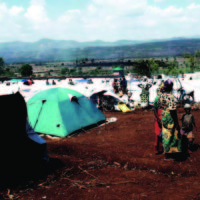
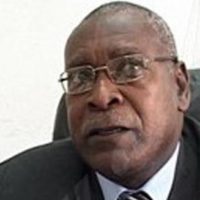
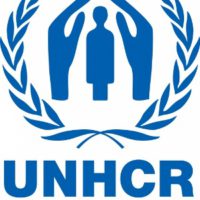
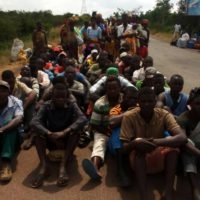













 IWACU Open Data
IWACU Open Data

